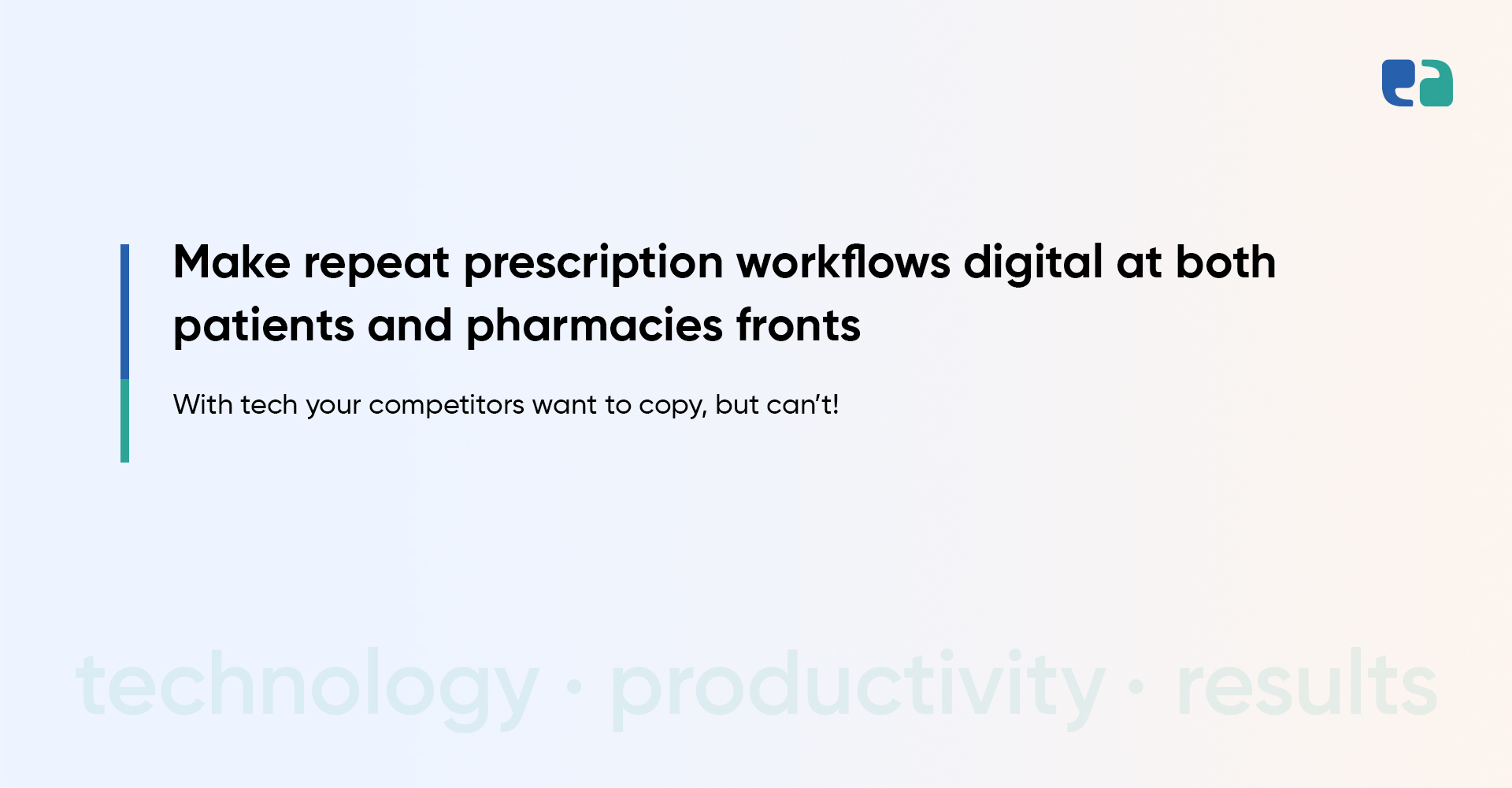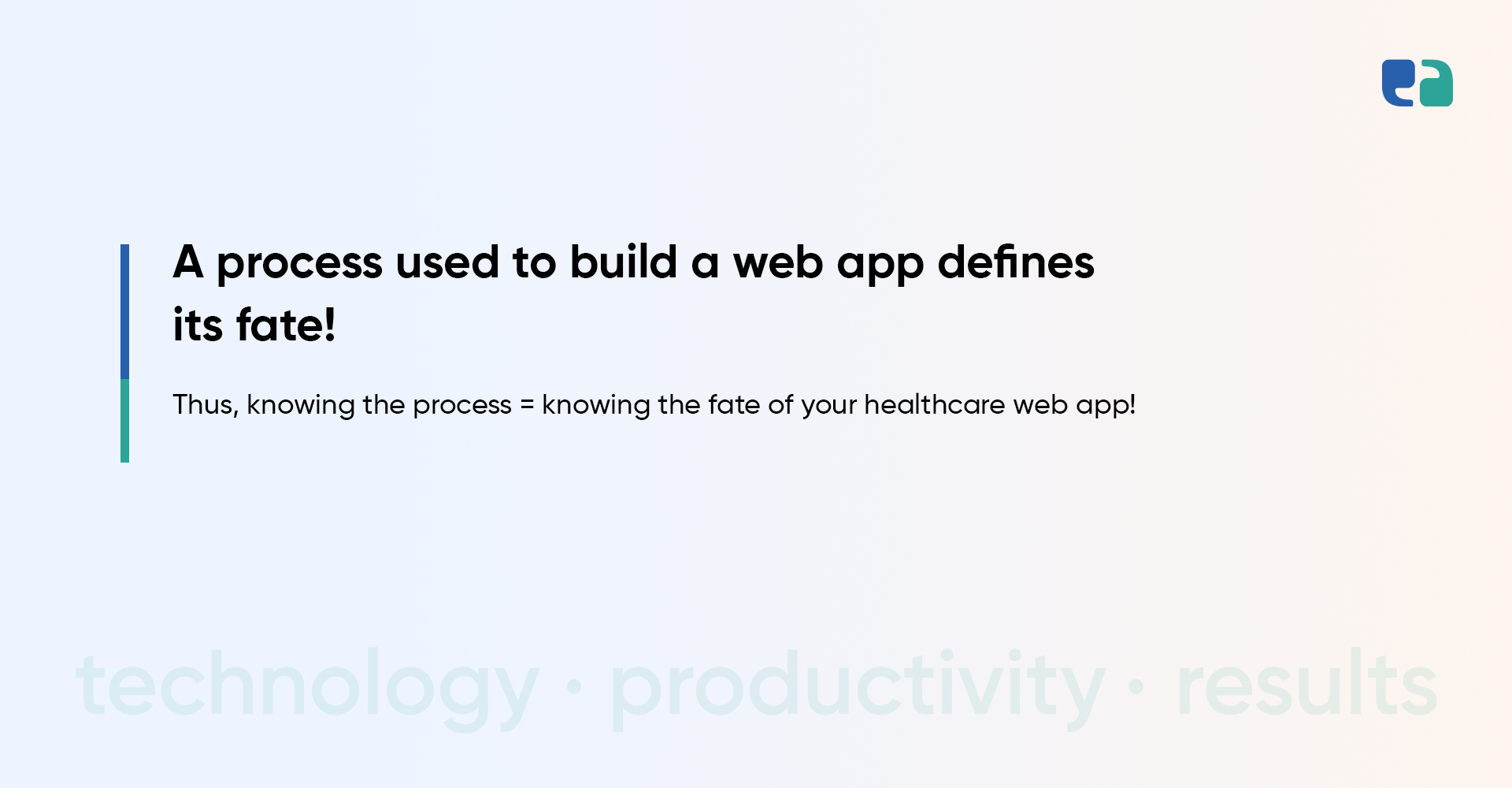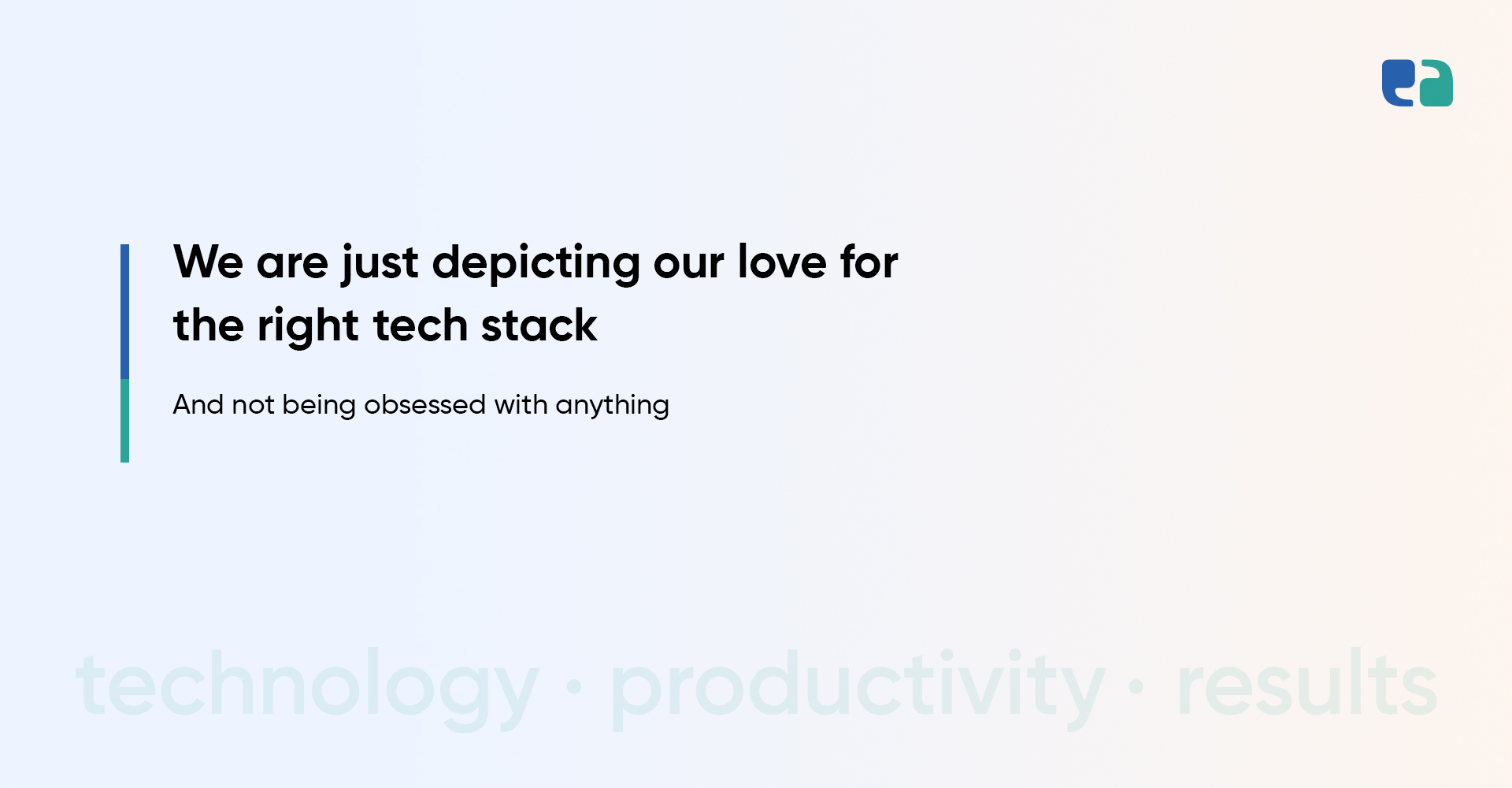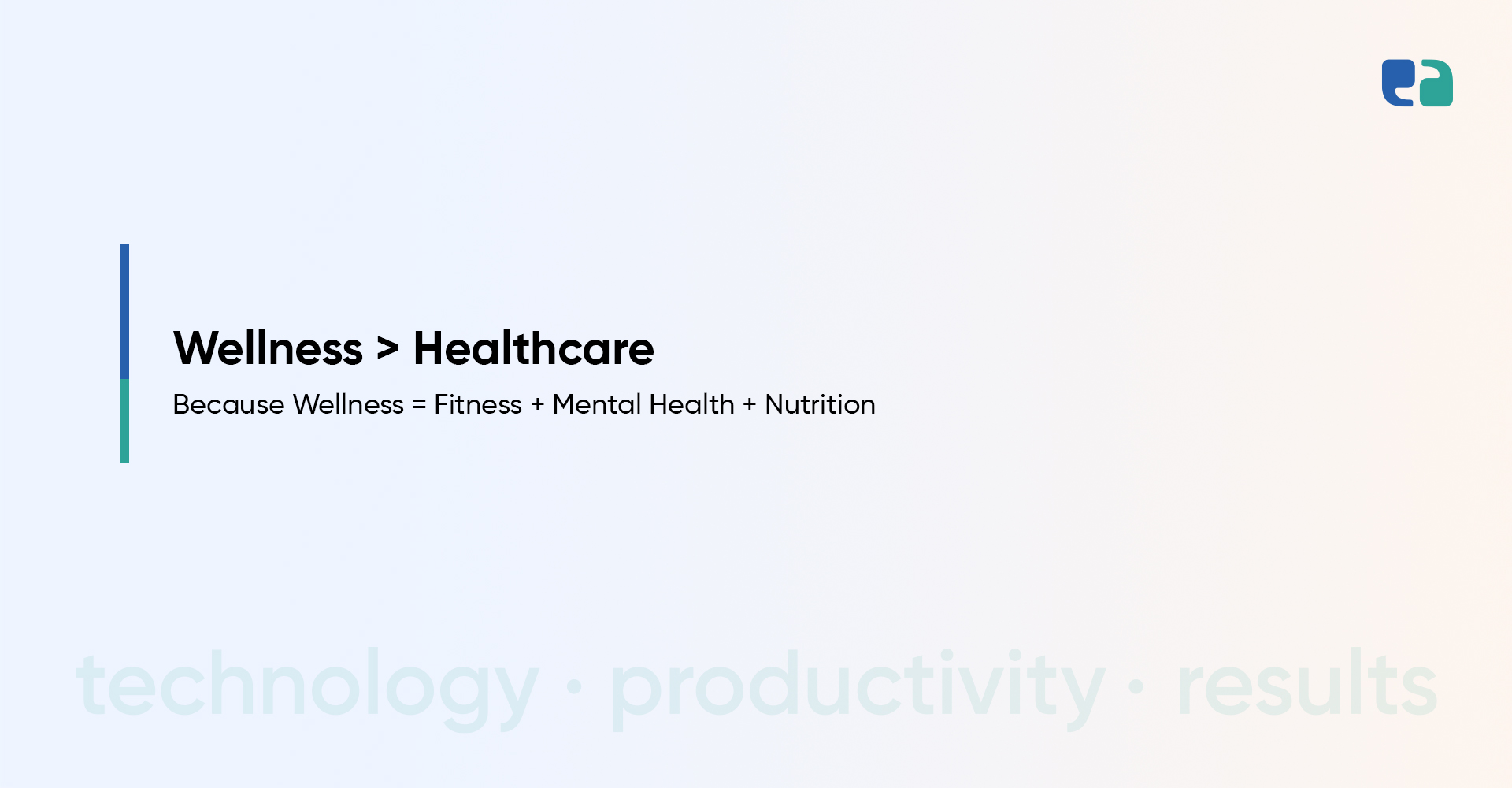“So, what’s the problem you intend to solve with your investment in such a platform?”, one of our executives asked to understand the outlook of the client.
Without any delay, he confidently replied, “Firstly, to make pharmacists get rid of confusing and tedious phone calls from patients having prescription refill requirements and secondly, to empower patients by letting them connect to providers and get their prescription refill requests approved, all from a smartphone.”
“And how would you do that?”, our other executive asked with narrowed eyes, “Any plan in your mind?”
“We will build a prescription renewal platform or app from where patients can log in, select the provider, add prescription details, and once the provider approves it, simply download the renewed prescription. That’s it!”
“Congrats, we are on the same page.”
Our executive replied, having a smile on his face, “Your project is already our top priority.”

Hey Pharmacist – One of the Most Popular NHS Repeat Prescription Apps in UK
Before going for repeat prescription app development, it is very crucial to know the ins and outs of the leader dominating the UK industry.
The Story:
Hey Pharmacist is the official NHS online repeat prescription service provider.
It is designed to let patients order and track repeat prescriptions from the convenience of their homes.
Patients (users) can order medication from either its web app or NHS repeat prescriptions app – 24 hours a day, 365 days a year.
Since Hey Pharmacist is connected to almost 99% of the GPs across England, patients don’t have to wait to get their repeat prescription requests approved.
Not only this but Hey Pharmacist facilitates users to select the nearby pharmacy they want to either receive medication at their home or pick it up from the store.
With its over 5,500 employees and robust technology infrastructure, Hey Pharmacist serves more than 25 million patients.
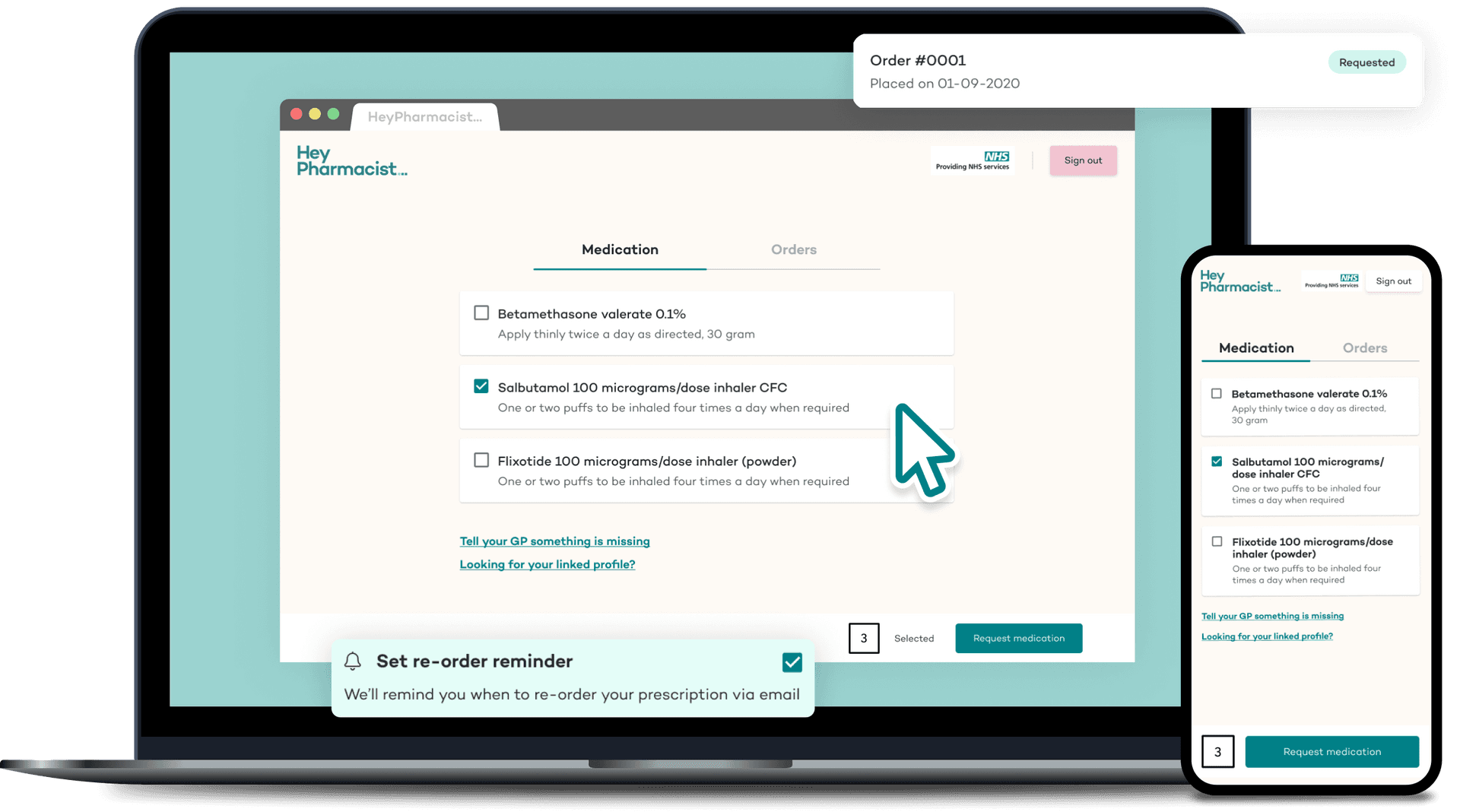
The Process:
The best part of Hey Pharmacist is that its app is integrated with the NHS.
Meaning, it can easily fetch data from the NHS database after the approval of the patient (user).
Step 1: Register and place an order
Users can register for Hey Pharmacist with their NHS login credentials.
Once they log in and allow it, the app automatically fetches the prescriptions from the NHS.
And with that, it is a matter of only 3 clicks to place a repeat prescription order.
Step 2: GP approves the order
Since Hey Pharmacist is connected to almost 99% of the GPs, a patient’s GP receives a notification in his/her system when the patient asks for a repeat prescription.
And from the same dashboard, the GP either approves or declines it.
Step 3: Select the pharmacy, and delivery method and get it at the doorstep
Flexibility at its peak.
Hey Pharmacist allows users to select the nearby pharmacy and delivery method (doorstep delivery or pick up).
If a user selects doorstep delivery, medication gets delivered for free.
Meanwhile, users can track the order with real-time order updates.
The App:
Hey Pharmacist app is the brand’s biggest asset.
Because it alone must be driving more than 50% of the sales.
While the majority of healthcare startups either build mobile apps or web apps, Hey Pharmacist chose to build both.
In case you are not familiar with it, a web app opens on a web browser but has similar features and UI/UX to a mobile app.
The following are some of the epic features of the Hey Pharmacist mobile app.
(If you are planning to build an NHS repeat prescription app, you will need to add these features to your app, and you are done!)
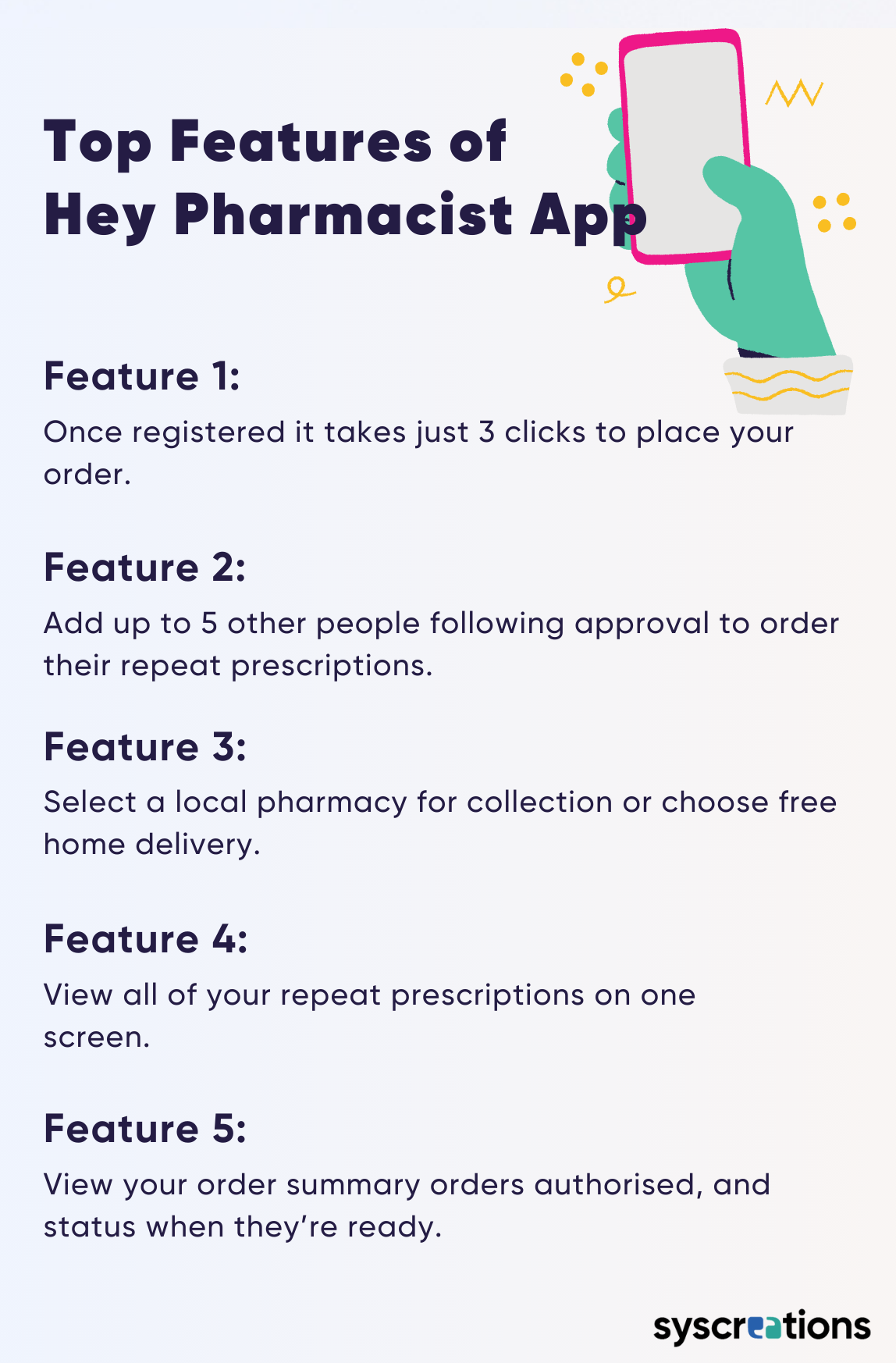
How to Build an NHS Repeat Prescription App Like Hey Pharmacist? – The Entire Repeat Prescription App Development Process
First and foremost, you must grow outside of your mindset that pharmacy app development is only about coding.
Because coding is only 20%.
The rest of the process is also vital for the sustainable growth of your product.
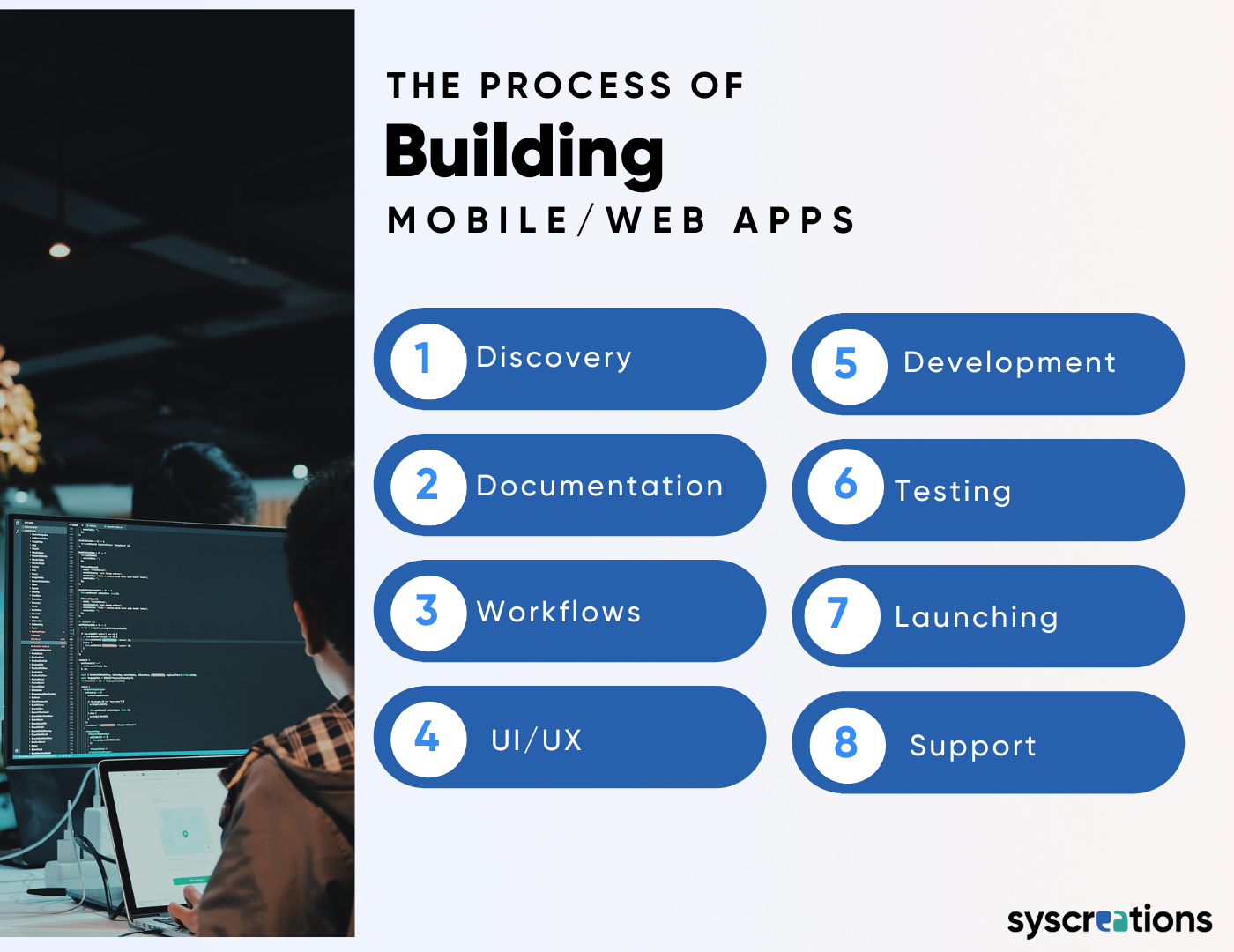
1: A lot of discussions and a lot more to decide
You will have intense discussions with our business analysts, tech leads, and even executives regarding the tech, business, and compliance infrastructure of your NHS repeat prescription app.
The agenda of these discussions would be deciding on multiple fronts.
For example,
- You need to decide between MVP and a full-fledged approach.
- You also need to decide between the mobile app and the web app. If mobile app, whether a native app or cross-platform app.
- Additionally, the tech stack will also need to be fixed along with the feature set.
- And of course, the business model and required tech stack to support that business model.
Even though you might lack knowledge of it, you are advised to get engaged in discussions as these factors will influence the cost of the platform.
2: Whatever you have decided needs to be documented
Called a business requirements document, it serves as the encyclopedia of your repeat prescription app.
It contains almost all the details of your product from features, tech stack, compliance requirements, etc.
This document is easily understandable for every stakeholder and can easily be consumed for future analysis, architectural, and design activities.
3: Workflows (probably the most important one)
When you are dealing with the healthcare industry, you should pay extra heed to the workflows.
Otherwise, the product would fail to deliver clinical value.
Here, it is defined as how patients or users engage with the product and how the product pushes their journey forward to the destination.
Not only this but information flows between multiple systems are also defined to ensure seamless and accurate data sharing and fetching.
4: UI/UX (You can now see what your planning and vision would look like!)
UI/UX engineers at work.
They keep two things in mind while designing the screens of the app.
The first one is the defined workflows to make sure the UI/UX of the app comes out as an engaging one that not confuses the users but rather drives their user journey forward as per clinical protocols.
And second, accessibility.
Since you are building an app that is most likely to be used by patients at a critical time, the app needs to be accessible with ease.
5: Development (this takes most of the time)
It includes the front-end and back-end development.
Frontend development deals with the user-facing portion of the app.
Whereas, backend development deals with APIs, business logic, servers, databases, etc.
Both frontend and backend development run simultaneously to achieve high project velocity.
6: Testing and compliance audit to avoid costly blunders
Whatever has been coded must be tested comprehensively as bugs are very common which can kill the entire user experience and brand reputation.
Mobile app testing includes UI/UX testing, regression testing, API testing, security/privacy testing, load testing and performance testing.
The fusion of automated and manual testing is leveraged to reduce the testing cost and increase the speed of testing operations with fewer efforts.
7: Piloting and finally launching
Before launching, the piloting of the product happens.
In which, all stakeholders and team receive the product demo, understand its features and try out admin panel operations to be familiar with the product itself and find some last-minute issues (which are less likely to happen as the product has already been tested by professionals).
Finally, when everything looks good, the app goes live.
8: Support (Because it’s a piece of tech and it can go wrong anytime)
Even if the app is a maximum stabilized product, it can act abnormally anytime due to some minor changes made by the in-house team or changes made by 3rd party service providers the app has integrated with such as cloud, payment API, etc.
During such a time, instant support from a professional team is required to ensure the high uptime of the app.
Thus, we provide free support after a certain time from the app launch and later in the form of dedicated resources and other several formats that suit organizations, both financially and operationally.
Our all clients had asked us these questions before choosing us as their repeat prescription app development partner
One practical way to know how would a tech company can help you achieve sustainable growth is by asking questions. You need to validate the 3Es (experts, experience and expertise) of that IT company.
If we go back in time and remember the questions our all existing healthcare clients have asked us before selecting us, the following would be those questions.
